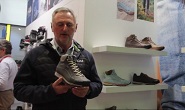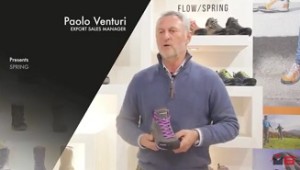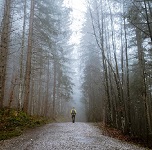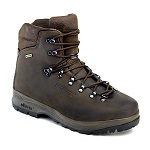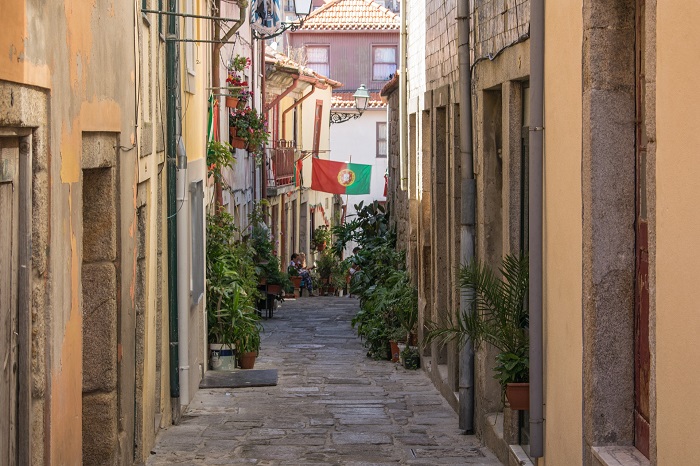
Portugal capital, Lisboa, is a wonderful city that went through history, absorbing each moment, from dominations to foreign influences, among them the most relevant Arabic and Hebrews immigrants, and also rebuilding, mainly after the terrible earthquake of 1755, which devastated more than a half of the city.
To stroll around the daedalus of alleys and small street, ups and downs the city, it is recommended to choose a comfy shoe, with enough stability to walk on uneven pavements, fresh and wrapping to keep feet safe and comfortable even after several hours walking: the ideal style are Trezeta Flow for him and Trezeta Spring for her. A couple of styles built with high quality leathers, light yet stable thanks to microporous wedge, supercharged with a Vibram® New Runner
outsole for incredible traction on all conditions.

Once worn our shoes, we can select our itinerary to discover the amazing Lusitanian city. It is worth a visit the Baixa district, with lots of nice shops and trendy clubs, from there it’s easy to visit the famous Plaça do Comercio (Commerce square) with its wide porches on three sides and directly on the shore of river Tago.
A suggestive district that might be in our visit is the Alfama, which was edified during the Arabic (around year 1000) and still bears the architectural shapes and colors. The small street, long and narrow, going up and down the district are full of life, with little shops and pubs, in a pleasant atmosphere, resembling of ancient times. Easy to find, the road to the Cathedral, built in place of the mosque in different eras and styles, from romanic to baroque and more. Up we
go and we can enjoy a breathtaking view of the city from the Miradouro de Santa Luzia.
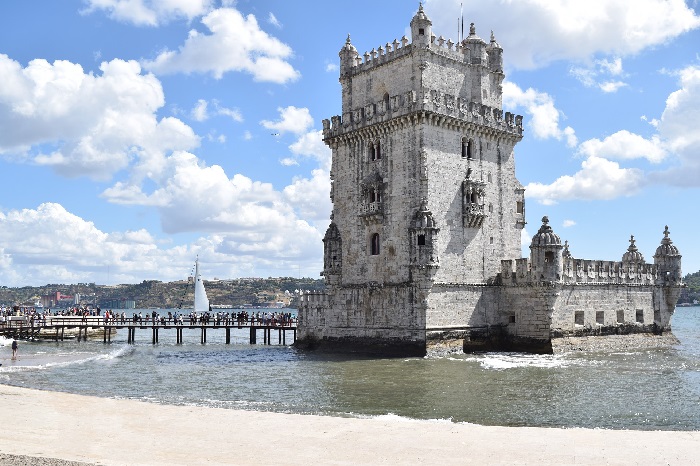
In the end, catching one of the typical electric trams running in the city, or continuing to walk in the center, we finally spot the Belem Tower, the symbolic monument of Lisboa, which served as a spotting point to detect Arabic and pirates raids and be ready to counterattack. A majestic 30 meters building, edified in the Sixteenth century, part of Unesco Heritage.
Technical info about Flow and Spring shoes:
INFO: Trezeta



